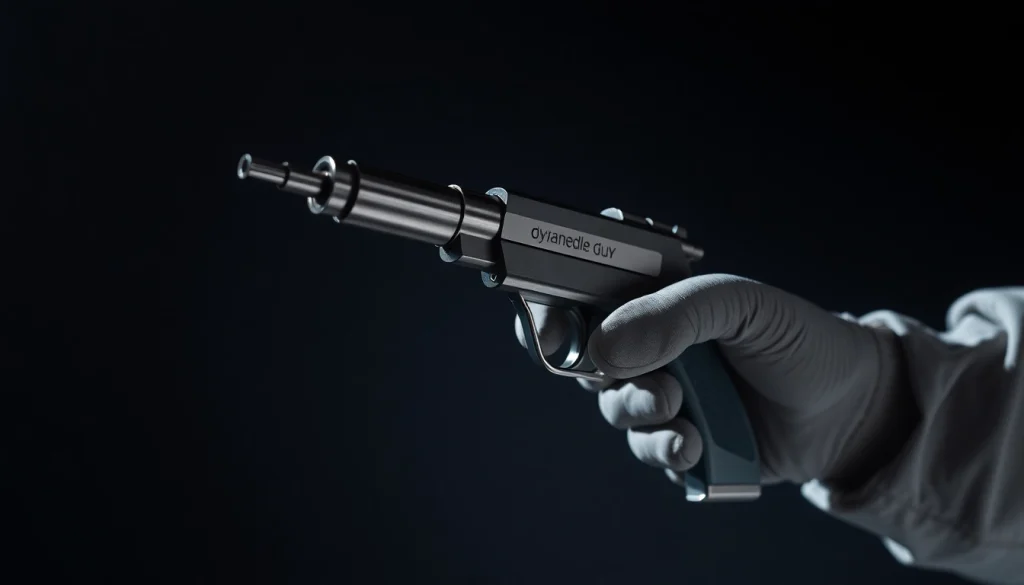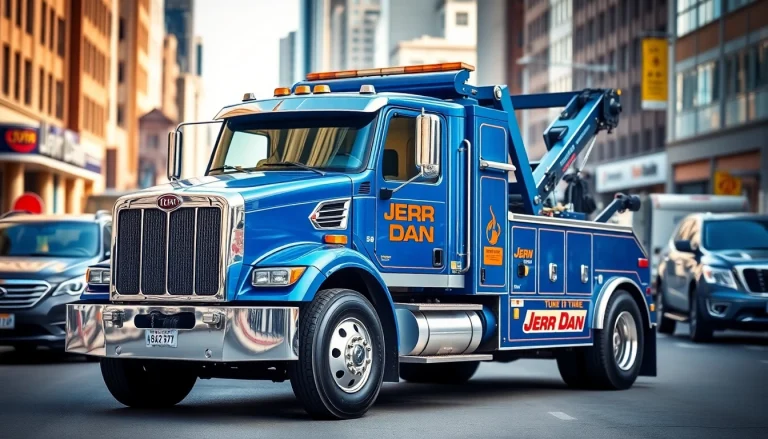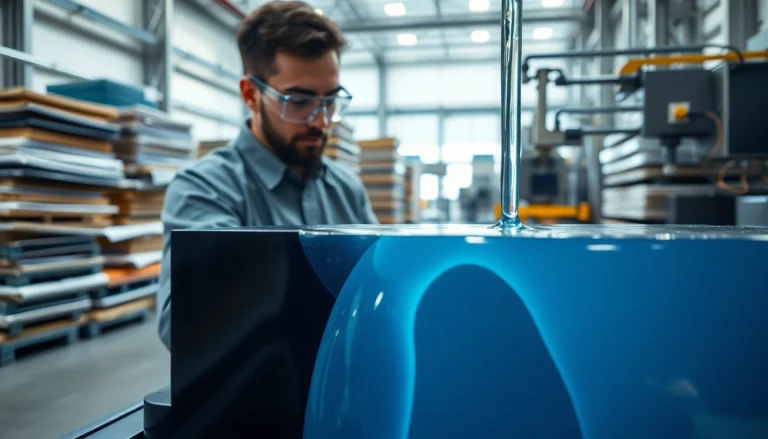
Understanding the Needle Gun
What is a Needle Gun?
A needle gun, often referred to as a needlegun scaler or needle scaler, is a specialized tool employed primarily in industrial and metalworking applications. It utilizes a series of rapidly moving needles — typically made of hardened steel — to remove rust, paint, mill scale, and other forms of surface contamination from metal surfaces. By delivering high-frequency impacts, this tool can effectively clean surfaces without damaging the underlying material.
While many may initially associate the term “needle gun” with its historical uses in firearms, in the context of metalwork, it has become an essential tool for professionals in automotive repair, ship maintenance, and general metal fabrication. For those new to the world of metalworking, understanding how to operate a needle gun effectively is crucial for achieving high-quality work with minimal effort.
How Needle Guns Work for Surface Preparation
Needle guns function through a pneumatic or electric mechanism that produces rapid, repetitive strokes through the needles. When activated, air pressure or electric power propels the needles forward and backward at high speeds, creating a hammering action against the surface of the metal. This action causes the needles to vibrate, effectively dislodging rust, paint, and other unwanted materials.
The rapid hammering effect not only removes surface contaminants but also prepares the metal for further treatment, such as painting or coating, ensuring better adhesion and surface integration. The adjustable speed settings on many modern needle guns give operators the flexibility to control the intensity depending on the specific cleaning task at hand.
Common Applications of Needle Guns
Needle guns are utilized across various applications, showcasing their versatility. Here are some of the most common use cases:
- Automotive Repair: Needle guns are frequently used in automotive shops to prepare surfaces for painting and repairs. They excel in removing old paint and rust from vehicle bodies.
- Marine Industry: In shipyards, these tools are essential for stripping boats and ships of old, failing paint and rust to prevent corrosion.
- Construction and Renovation: Needle guns are also valuable in construction settings for preparing steel structures and ensuring clean surfaces for welding or coating.
- Metal Fabrication: Fabricators use needle guns to enhance surface finishes on metal parts, improving performance and durability.
Choosing the Right Needle Gun
Factors to Consider When Selecting a Needle Gun
Choosing the right needle gun involves considering several critical factors to ensure it meets your specific needs:
- Power Source: Needle guns can be pneumatic or electric. Pneumatic models tend to be powerful and suitable for heavy-duty tasks, while electric models are often easier to handle and more portable.
- Needle Configuration: The number of needles can significantly affect cleaning efficiency. Tools equipped with more needles can cover larger areas quickly but may not be as precise as those with fewer, finer needles.
- Adjustability and Control: Look for needle guns that offer adjustable speed settings, which can enhance flexibility for different projects.
- Weight and Ergonomics: Consider the weight of the tool and its ergonomics. A lightweight design can reduce operator fatigue, especially during prolonged use.
Comparing Pneumatic vs Electric Needle Guns
The choice between pneumatic and electric needle guns is often dictated by the user’s specific needs and operational environment:
- Pneumatic Needle Guns: These are powered by compressed air, providing consistent power and speed for efficient surface cleaning. They are ideal for heavy-duty applications in professional environments but may require an air compressor.
- Electric Needle Guns: More convenient for smaller tasks or when mobility is needed, electric models are generally lightweight and easy to maneuver. They require a power source but can be used in areas where compressed air access is limited.
Top Brands and Models of Needle Guns
When it comes to selecting a needle gun, it’s essential to look at established brands known for their quality and performance. Here are some highly regarded brands and their flagship models:
- Ingersoll Rand: Known for their durable pneumatic tools, their needle scalers are praised for their power and longevity.
- Chicago Pneumatic: Offers reliable needle guns with ergonomic designs suitable for extended use.
- DeWalt: A well-known name in power tools, their electric needle guns combine durability with ease of use.
- Von Arx: This brand specializes in high-performance needle guns, delivering efficiency and reliability for professional metalworking.
Best Practices for Using a Needle Gun
Safety Precautions when Using a Needle Gun
As with any power tool, safety is paramount when using a needle gun. Here are some vital safety tips:
- Personal Protective Equipment (PPE): Always wear safety goggles, gloves, and a dust mask to protect against flying debris and inhalation of particles.
- Proper Ventilation: Ensure that the workspace is well-ventilated to minimize exposure to harmful dust and particles created during operation.
- Tool Inspection: Regularly inspect your needle gun for any damage or wear that may pose safety risks.
- Follow Manufacturer’s Instructions: Adhere to the operating guidelines provided by the manufacturer to ensure safe and effective use.
Techniques for Optimal Performance
To achieve the best results when using a needle gun, consider these techniques:
- Angle of Operation: Hold the needle gun at a 45-degree angle to the surface for better access and cleaning effectiveness.
- Speed Settings: Adjust the speed according to the surface condition; lower speeds for delicate surfaces and higher for tougher materials.
- Consistent Movement: Employ a consistent back-and-forth motion while keeping the tool moving to prevent damage to the surface.
Maintenance Tips to Prolong the Life of Your Needle Gun
Proper maintenance can significantly extend the lifespan of your needle gun. Here are essential maintenance tips:
- Regular Cleaning: Clean the tool after each use to prevent dust and debris buildup, which can affect performance.
- Lubricate Moving Parts: Regularly lubricate the moving components according to the manufacturer’s guidelines to reduce wear and tear.
- Inspect Needles: Check the condition of the needles frequently; replace any that are bent or worn to ensure optimal performance.
Troubleshooting Common Needle Gun Issues
Identifying Performance Problems
Even the best needle guns can encounter performance issues. Recognizing common problems can help in addressing them promptly:
- Lack of Power: If the needle gun seems underpowered, check for compressed air supply issues in pneumatic models or battery/cord problems in electric models.
- Excessive Vibration: This may indicate the need for needle replacement or proper assembly adjustments.
- Inconsistent Speed: Ensure the tool is receiving a constant power supply, and inspect the internal motor for wear.
Repairing or Replacing Needles
Needle replacement is necessary for maintaining the effectiveness of the tool. Here’s how to approach it:
- Ensure the tool is powered down and disconnected from its air supply or power source.
- Remove the needle holder according to the manufacturer’s instructions.
- Inspect the old needles for damage and replace them with compatible, high-quality replacements.
- Reassemble the tool carefully, ensuring all components are secure and aligned properly.
When to Seek Professional Help
If troubleshooting doesn’t resolve the issues, it may be time to seek professional assistance. Mechanics and tool specialists can offer insight into complex problems, or if repairs are beyond DIY capability, they can provide repair services to restore functionality.
Future Innovations in Needle Gun Technology
Emerging Trends in Needle Guns
The landscape for needle guns is evolving with technological advancements. Some trends to watch include:
- Increased Automation: We expect more automated features that enhance efficiency, such as programmable settings for different coatings or cleaning profiles.
- Improved Ergonomics: Future designs may focus on user comfort by integrating lighter materials and more comfortable grips.
- Smart Technology Integration: Incorporating sensors and connectivity for real-time diagnostics and performance monitoring is in development, allowing users to track usage data and maintenance needs.
Impact of Technology on Metalworking Tools
As the manufacturing sector embraces automation and smart technologies, needle guns are likely to see increased demand for precision and more forgiving user interfaces, making them accessible to more users.
The Role of Needle Guns in Sustainable Practices
Needle guns play a crucial role in sustainability within the metalworking industry. By effectively removing coatings without harmful chemicals, they contribute to greener practices. The ability to repurpose old metal surfaces can reduce material waste, promoting recycling and the longevity of existing products. As regulations around hazardous substances tighten, needle guns will likely become central to safe and efficient metal surface preparation.






